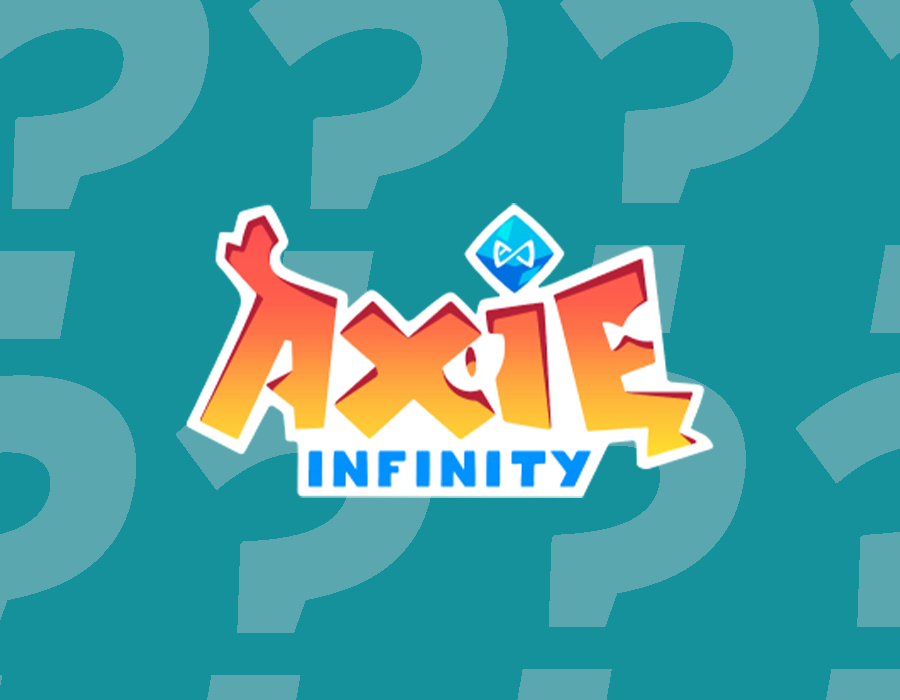Created in 2011 as a fork from the Bitcoin protocol, Litecoin ($LTC) is the second-oldest cryptocurrency. It acts as a peer-to-peer digital currency facilitating instant, nearly free payments globally.
Litecoin is often referred to as the silver to Bitcoin’s gold. This is a testament to its position as a complementary yet distinct player in the cryptocurrency market. At its core, it is an open-source, global payment network, completely decentralised and free from any central authorities.
The security and integrity of this network are maintained through mathematics, giving users full control over their finances. Compared to Bitcoin, Litecoin boasts faster transaction confirmation times and improved storage efficiency, making it an attractive option for both individual and commercial use.
Genesis
Litecoin was born out of a former Google engineer’s fascination with Bitcoin and a desire to improve it. It is the brainchild of Charlie Lee, a Massachusetts Institute of Technology graduate. Lee initially set Litecoin aside to focus on promoting Bitcoin. However, by 2017, he shifted his attention back to it, dedicating his efforts to its development through the Litecoin Foundation. His aim was to create “a coin that is silver to Bitcoin’s gold”. This vision was realised by tweaking the Bitcoin codebase, leading to a cryptocurrency that stood out for its faster block propagation speeds and the use of the Scrypt hashing algorithm.
Importantly, Litecoin avoided extensive pre-mining, ensuring a fairer distribution akin to Bitcoin’s launch. In December 2017, Lee decided to sell and donate all his Litecoin holdings. This decision was seen as controversial, especially as it coincided with the currency’s peak trading value. However, his rationale was to avoid accusations of personal gain influencing his promotion of Litecoin.
How Litecoin functions
Mining Litecoin involves solving complex mathematical problems, with successful miners earning the right to add new transactions to the blockchain. Initially, miners were rewarded with 50 $LTC per block, a figure that has since decreased due to halving events. Unlike the early days, mining now requires significant computational power, typically beyond the capacity of individual setups, leading to the dominance of mining farms and pools.
Similar to Bitcoin, Litecoin undergoes halving events to control its supply in order to maintain its value and scarcity. Occurring approximately every four years, this process effectively halves the number of Litecoin rewards granted for each mined block. These halving events play a crucial role in preserving Litecoin’s purchasing power. The inaugural halving event for Litecoin took place in August 2015. The initial block reward of 50 $LTC was reduced to 25 $LTC following the first halving. The trend of decreasing rewards continued, and in August 2019, the reward for mining a Litecoin block dropped from 25 $LTC to 12.5 $LTC. The mining reward currently stands at 6.25 $LTC.
Differences compared to Bitcoin
Sharing several similarities with Bitcoin, including its open-source nature and reliance on proof of work for transaction verification, Litecoin differentiates itself in key areas. Firstly, it has a larger maximum supply cap of 84 million coins compared to Bitcoin’s 21 million, and it processes transactions more rapidly.
A notable difference lies in the transaction processing time. Litecoin’s block generation time is approximately 2.5 minutes, significantly faster than Bitcoin’s 10 minutes. This accelerated processing time not only enhances transaction capacity but also improves the currency’s potential for real-world applications, such as retail transactions, where speed is crucial.
A fundamental divergence is in the cryptographic algorithm used for mining. While Bitcoin employs the SHA-256 algorithm, Litecoin utilises Scrypt. Scrypt was chosen for its memory-intensive features, which were initially intended to make mining more accessible to individuals by reducing the advantage of mining with specialised, high-powered equipment. This approach aimed to prevent the mining centralisation seen in Bitcoin, where large-scale mining operations dominate the process.
Additionally, the two cryptocurrencies have experienced different approaches to development and adoption. Bitcoin, as the first cryptocurrency, has a more extensive and diverse ecosystem with broader recognition and use in mainstream finance. In contrast, Litecoin has often positioned itself as a testing ground for new technological developments, such as Segregated Witness and the Lightning Network, before they are implemented in Bitcoin. This role underscores Litecoin’s importance as an innovative force in the cryptocurrency space, complementing and enhancing the broader ecosystem initiated by Bitcoin.
Features adopted
Litecoin, known for its innovative approach in the cryptocurrency space, has adopted several key features to enhance its network’s scalability, decentralisation, and privacy. One of the most notable adoptions is Segregated Witness (SegWit), initially proposed for Bitcoin. SegWit, which segregates the digital signature data from transactions, optimises the limited space in each block, addressing scalability issues.
Litecoin pioneered the implementation of SegWit in early 2017, demonstrating its success before it was adopted by Bitcoin. This move significantly improved transaction efficiency on the Litecoin network. Another groundbreaking feature is the Lightning Network, a layer-2 scaling solution creating user-generated payment channels for fast and low-fee transactions. Litecoin was the first to implement this network, providing a real-world testing ground.
Furthermore, Litecoin has explored enhancing transaction privacy through the MimbleWimble protocol. This protocol obfuscates transaction details, bolstering privacy and security. In October 2020, Litecoin launched a MimbleWimble testnet, focusing on accessibility for non-technical users. While its integration into Litecoin (or Bitcoin) remains a topic of debate, the protocol represents a significant stride towards enhanced privacy in cryptocurrency transactions.








